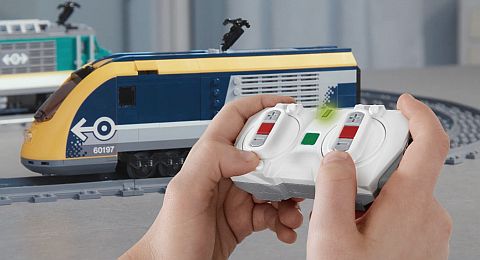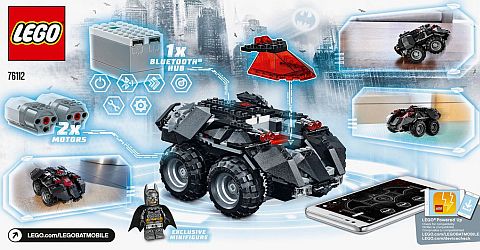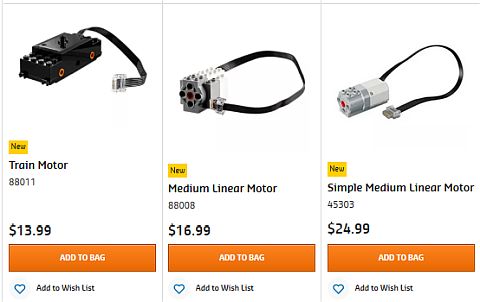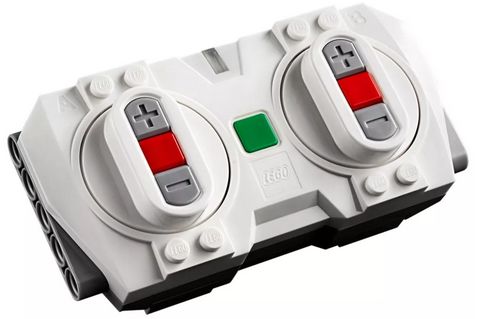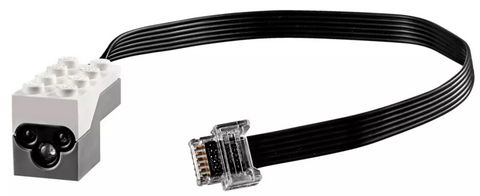Yesterday, LEGO revealed the #75244 LEGO Star Wars Tantive IV, which will be available just in time for Star Wars Day (May the 4th). Notice that although the set is fairly large, it is not designated as an Ultimate Collector Series set, or a LEGO Star Wars Master Builder Series set (you can read more about the designations here). Anyhow, below are the details, pictures, pricing info, and more on the #75244 LEGO Star Wars Tantive IV . Read through the information and lets discuss!

Own an iconic Rebel blockade runner – Tantive IV! Build, play and display a legendary Star Wars starship! This LEGO Star Wars interpretation of Tantive IV, seen fleeing from an Imperial Star Destroyer in the opening moments of Star Wars: A New Hope, faithfully recreates all of the Rebel cruiser’s signature details, including an elongated hull, detachable escape pods, elevating gun turrets, cargo hold and 11 massive engines at the back. Remove the hull plating of this fantastic LEGO Star Wars vehicle to reveal a detailed 2-minifigure cockpit, conference area with table, weapon rack and a control console with 2 seats. The radar dish also doubles as a convenient carry handle, which makes it perfect for flying around the room. When the mission is over, this amazing kids’ buildable toy also makes a great centerpiece for any LEGO Star Wars collection. The set also includes 5 minifigures and R2-D2.

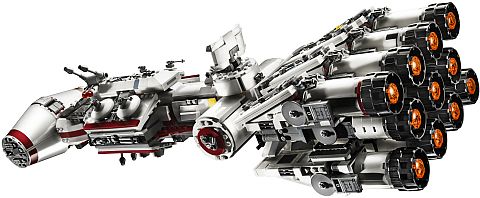
- Includes 5 LEGO Star Wars minifigures: Bail Organa, Princess Leia, Captain Antilles, C-3PO, and a Rebel Fleet Trooper, plus R2-D2 .
- Tantive IV LEGO Star Wars construction toy features a radar that doubles as a carry handle, 2 detachable escape pods with space for a minifigure inside, opening cargo hold and removable cargo box, opening 2-minifigure cockpit, rotating and elevating stud-shooting turrets on top and 2 spring-loaded shooters underneath. The top hull detaches to reveal a detailed interior including a conference table, weapon rack and a control console with 2 seats for the minifigures.
- Weapons include a blaster pistol and 3 blasters.
- Also includes a pair of electrobinoculars.
- Captain Antilles minifigure is an updated version from 2009, while Princess Leia’s skirt and Bail Organa are new for April 2019.
- This highly detailed building toy construction set includes over 1,750 pieces.
- Recreate amazing moments from the opening scene of Star Wars: A New Hope or play out your own exciting adventures!
- This LEGO Star Wars starship measures over 5” (14cm) high, 24” (62cm) long and 7” (19cm) wide.
- Includes 1,768 pieces.
- Recommended for ages 12+.

Above, you can see all the minifigures in the set, and below are some additional images from the press-release package.
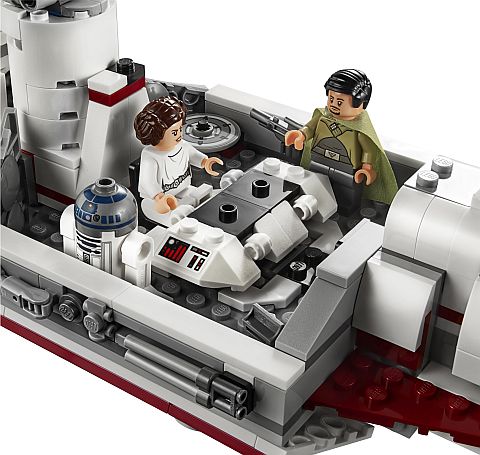
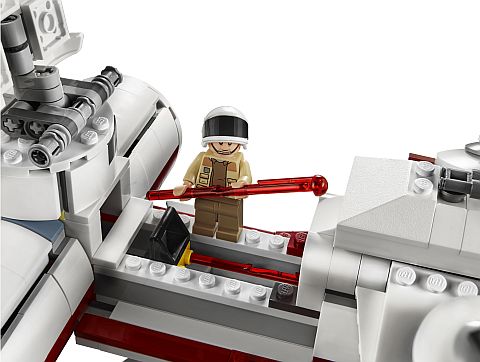

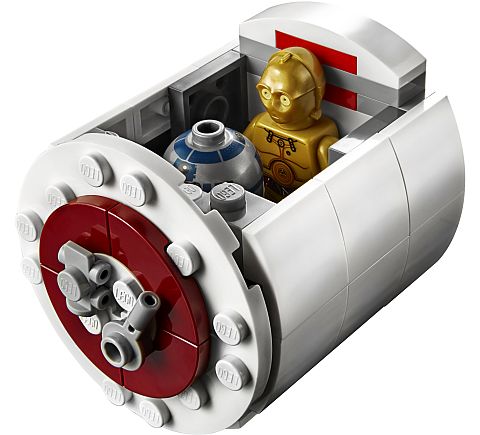
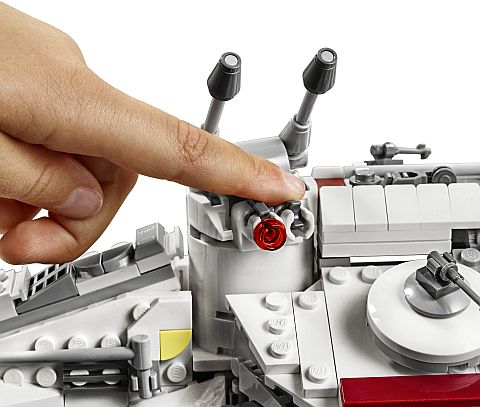
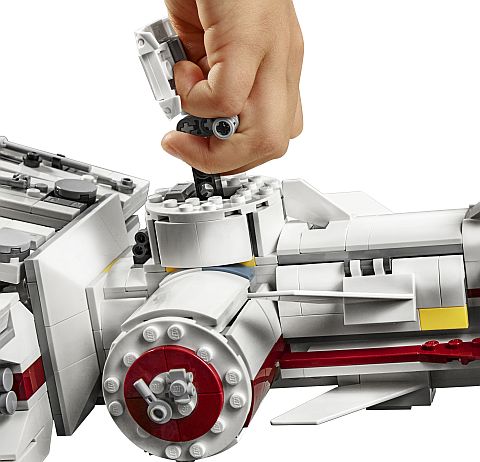
If you are a LEGO Star Wars fan, you probably know already that LEGO released an earlier version of this ship in 2009. The #10198 LEGO Star Wars Tantive IV (see below) came with 1,408 pieces, and the two ships are quite similar in both size and design. If you already have the earlier ship, it will be interesting to compare the two and see all the updates and upgrades.

The #75244 LEGO Star Wars Tantive IV will be available directly from LEGO on May 3rd. Prices are as follows: US $199.99 – CA $269.99 – DE €199.99 – UK £179.99 – FR €219.99 – DK 1799DKK – AUD $329.99 (Euro pricing varies by country). For more information and details visit the LEGO Star Wars section of the Online LEGO Shop.

What do you think? How do you like the #75244 LEGO Star Wars Tantive IV? Is this a set you are looking forward to? And what do you think of the included play-features and minifigures? Feel free to share your thoughts and discuss in the comment section below!
And you might also like to check out the following related posts:


